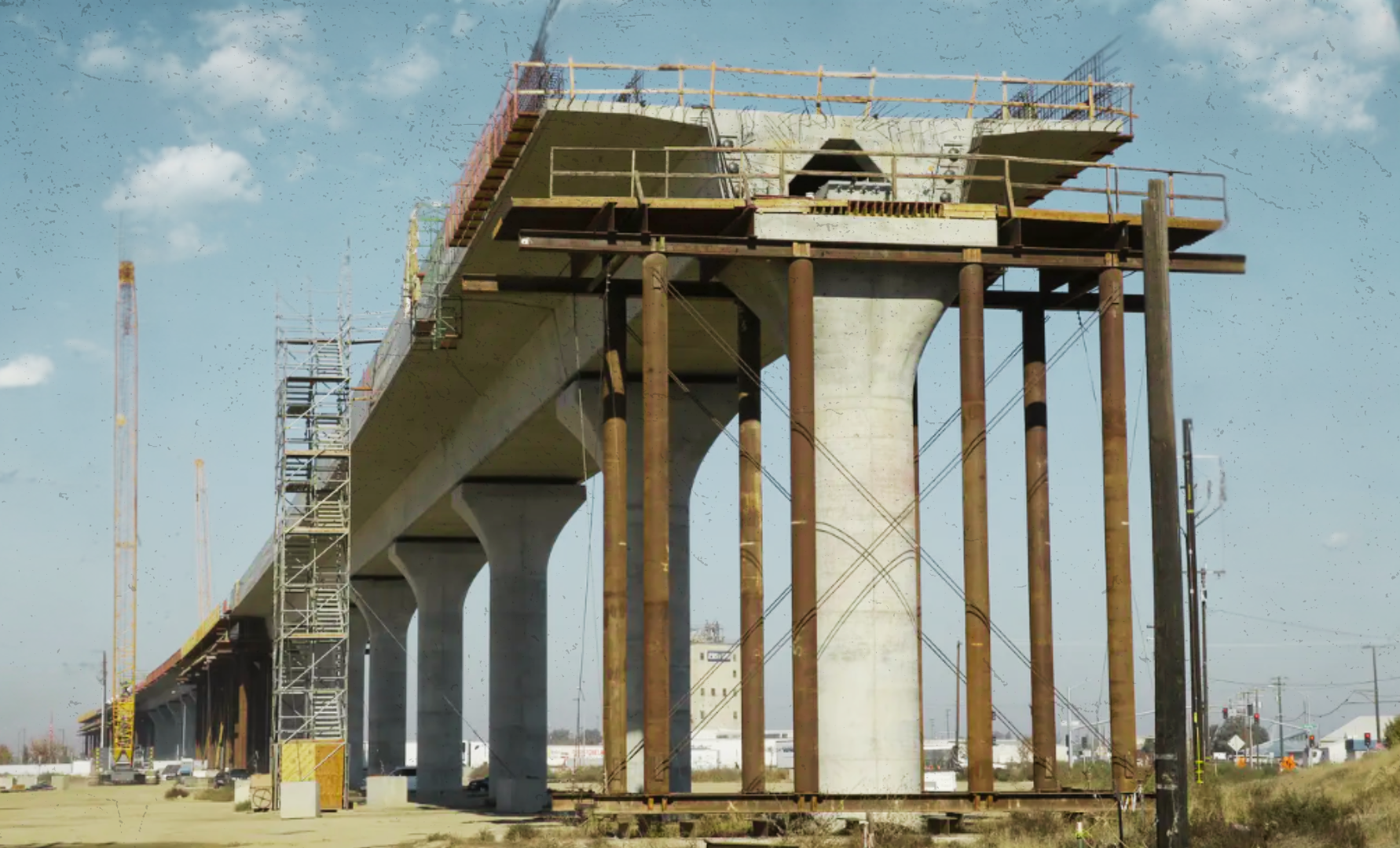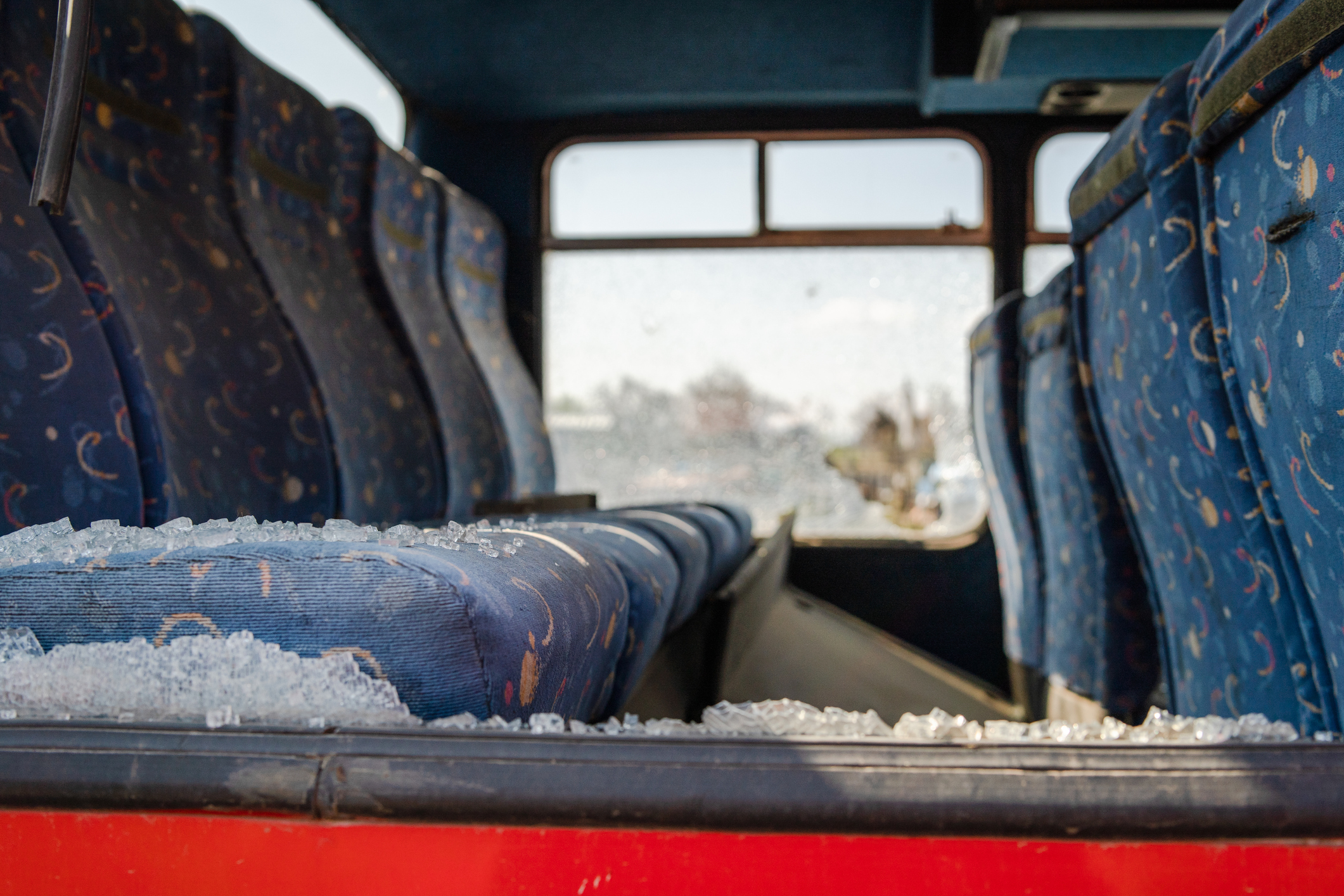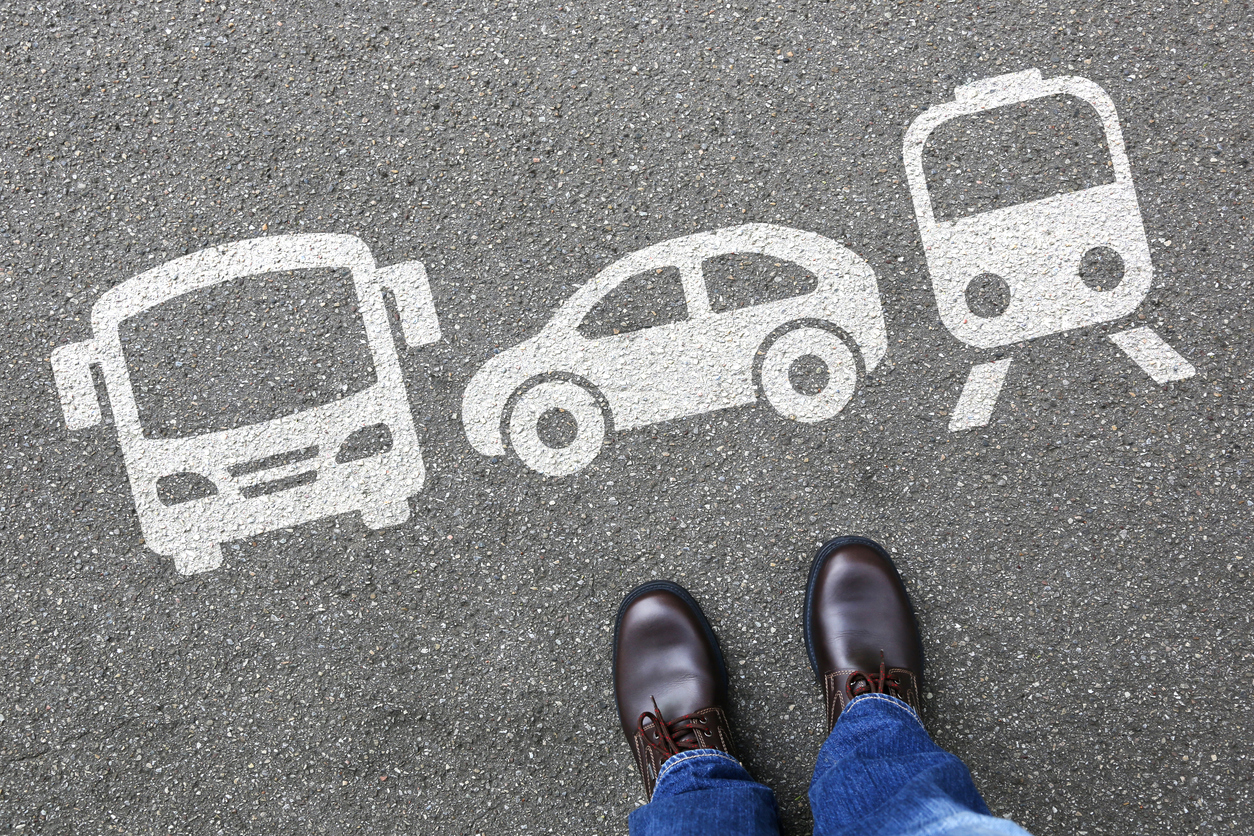At the June meeting of the Legislature’s Joint Transportation Committee a consultant presented a review of the Ultra High-Speed Rail studies that have been done for the I-5 corridor: https://leg.wa.gov/JTC/Documents/Studies/2022%20studies/UHSGTReviewReportFINAL.pdf
As is often the case, most of the findings were couched in language crafted to avoid offending anyone and included many caveats about data availability and assumptions that need to be further refined. Despite that, the findings cast doubt on the feasibility of the proposal. Key findings include:
- Speed assumption - The review notes that “…the assumed maximum speeds are higher than any system currently in existence”. And, “average speeds and travel times - which are key inputs to ridership and revenue estimates - are likely on the faster end of the realistic range when compared to existing systems”. In other words, if more realistic speeds are assumed the service would attract fewer riders and generate less revenue.
- Cost increases – “We find the previous cost analysis to be unreasonably low due to escalating capital construction costs, and unreasonable tunnel-related construction costs due to low per-mile costs and potential under-estimation of the extent of tunneling necessary to achieve proposed speed and travel time targets”. And further, “…absent any other changes, the $24 -42 billion capital cost estimates presented in the 2018 study would now be equivalent to $36-63 billion”. That’s a 50% increase in cost before design work has even begun.
- Unrealistic modal assumptions – The analysis did not assume improvements in the speed and frequency of competing modes. “Because it is highly likely that air and bus fares and service levels, fuel prices and highway travel times will change in the future (but are unchanged in the model), this assumption could result in unrealistic forecasts of future mode shares”. Airline service in the corridor has already improved with faster jets and more service. Over the next twenty years aviation and automotive technology will continue to improve the alternatives to rail.
- Flawed survey used to forecast ridership – “…the survey sample was not necessarily fully representative of current corridor travelers and in particular was skewed by a large portion of the sample who were recruited through social media and outreach channels”. A more representative sample would have resulted in lower ridership forecasts. The consultants fail to mention that ridership on the Amtrak Cascades service connecting the same cities peaked in 2011, and ridership on Sound Transit’s commuter rail service between Tacoma, Seattle and Everett is less than half what it was prior to COVID. This suggests the future market for rail service in the I-5 corridor may be much lower than assumed in prior studies.
- Geographic obstacles – “Significant constraints exist for the 80-90 miles of alignment in urban areas for which current rights-of-way do not seem feasible for high-speed operations and for which tunnels, significant right-of-way acquisitions, and/or alternative corridors should be examined”. In this case “significant constraints” is a euphemism for the homes, highways, rivers, and other geographic obstacles that would need to be removed or crossed. There is no low-cost, low impact alignment for high-speed rail connecting the major cities in the I-5 corridor.
These are not minor points that can be ignored or easily corrected.
Experience elsewhere
The consultant cites the California High Speed Rail project as a case study, but fails to provide details about that project’s delays and cost increases. The initial 171 mile “starter segment” is now expected to cost $35 billion, and the cost of the whole line is estimated at over $128 billion, more than triple the original estimate. The problems are not limited to cost increases. Ridership forecasts have been scaled back by 25% and the timeline for completion continues to be pushed out. The hoped for completion of the initial segment is now 2030, and that’s for the easiest segment to build that runs across the flat terrain of the Central Valley.
It should also be emphasized that most of the cost increases and delays occurred after construction began. The Washington State I-5 High Speed Rail proposal is still years away from encountering construction related issues, which will include crossing rivers, relocating utilities, acquiring properties, and digging tunnels. These have been the source of very large cost overruns on WSDOT and Sound Transit projects.
Funding
Securing the tens of billions of dollars that would be needed is no small task, especially considering all the high priority state transportation work that is currently underfunded, including badly needed highway system maintenance and renewal of the ferry fleet. There is a Federal grant program that can help fund high speed rail projects, but the consultant report says “It is unlikely that U.S. federal funding will be able to cover a significant portion of the project costs”. The California high-speed rail project has received some Federal funding but it is only a small fraction of the total cost and ongoing problems may make Federal grants for similar projects harder to come by.
The consultant review goes on to say “A mix of public and private funding will likely be needed”. However, the consultant’s findings lead to the conclusion that few if any private investors would put up billions of dollars for such a risky project that would take decades before it begins generating revenue. The California project tried hard to find private investors but after years of effort came away with zero private funding. A serious financing plan for the Washington State High-Speed Rail project needs to be based on a much more thorough and realistic assessment of funding sources before making a decision to proceed.
Environmental impacts and carbon footprint
Because no alignment has been selected and design details are not yet known, the consultants said little about environmental impacts and greenhouse gas (GHG) emissions. What we do know is that the surface right-of-way for the high-speed rail line, probably more than 200 miles, would need to be cleared of all trees and any structures in close proximity to the tracks. This could total more than two thousand acres. The tunneled segments would consume a large amount of fossil fuel for excavating and hauling away tens of thousands of tons of material. Construction would require large quantities of energy-intensive materials including cement, steel and copper. The result would be a project with a huge carbon footprint.
Project boosters might hope that once the line is in operation it would reduce gasoline consumption by shifting trips from cars to electrically power trains. But the State has already decreed that all new cars must be zero emission by 2035, which will be years before the high-speed line is in operation, so even if trips do shift they would be going from one electric mode to another. Any reduction in GHG emissions would be very small at best and not nearly sufficient to offset the large fossil fuel consumption during two decades of construction. In short, there isn’t an environmental case to be made for the high-speed rail line.
Timeline for completion
The "Business Case" prepared in 2019 assumed the project would be in operation by 2035 and generating about $100 million per year in fare revenue. That isn't going to happen. There is no way the project can be completed in the next dozen years. For comparison, the initgial 171-mile segment of the California high-speed rail project will be lucky to start service in 2030. That will be twenty-one years after project initiation, and that's for the easiest segment to build. The proposed 300-mile high-speed line in Washington would need to traverse more challenging terrain (rivers, wetlands, urban areas, etc), has no dedicated funding, and is years away from starting construction. Which means that under an optimsitic scenario it wouldn't carry passengers until sometime well after 2045. The extended timeline for construction has implications for financing (more borrowing and more interest payments for many more years), revenue (probably an extra decade before generating revenue), and risk that assumptions made early in the planning process prove erroneous before the project is finally up and running (the Sound Transit project proivides a cautionary example).
Next steps
Later this year WSDOT is scheduled to conduct extensive outreach to gauge public support for the High-Speed Rail proposal. That effort should start with an objective presentation of the serious shortcomings and issues identified in the Joint Transportation Committee’s review. It should also discuss alternative improvements in the I-5 corridor that could be implemented much sooner and at lower cost. That’s the kind of problem solving that is needed, as opposed to public outreach that is cheerleading for the kind of gee-whiz bullet train that has become a costly boondoggle in California.






